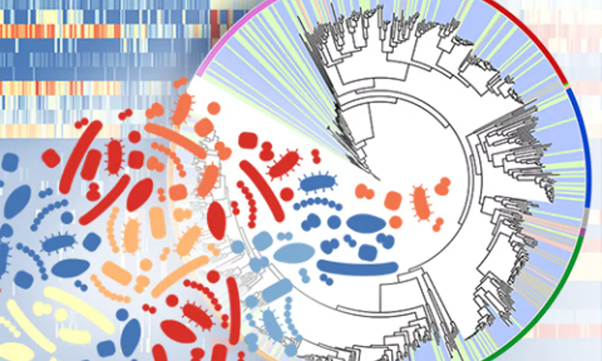The Industrial Revolution changed humanity, on par with the discovery of fire, the invention of the wheel, and even sliced bread. But in the 1980s, while society was entering the Third Industrial Revolution, the field of microbiology experienced its own First Revolution, powered by the rise of bioinformatics.
From Petri Dish to Data Stream
Classical microbiology relies on culturing samples to identify pathogens and link them to disease. This works for well-studied organisms such as:
But what about more complex cases? Take Mycobacterium tuberculosis, which infects nearly a quarter of the global population. It is slow-growing, hard to culture, and increasingly resistant to multiple antibiotics (Xiong et al., 2024).
And beyond bacteria and fungi, viruses add another layer of complexity. They are difficult to study without animal models, yet account for 17% of infectious diseases globally (WHO, 2024).
This is where bioinformatics, combined with next-generation sequencing, changes the game.
What is Bioinformatics?
At its core, bioinformatics uses computational tools to store, analyze, and interpret massive, complex biological datasets. Unlike traditional tools such as Excel, which can handle only about 200 decision variables, bioinformatics can process millions at once and reveal patterns that would otherwise remain hidden.
Why It Matters
Researchers today can:
Final Thought: The Next Phase of the Revolution

Data representing the diverse range of microbes found in the human skin microbiome. Credit: Karen Arnott/EMBL
Bioinformatics has not only revolutionized microbiology but has also become a cornerstone of healthcare, agriculture, and environmental sustainability. As technology advances, the synergy between data science and microbiology will fuel the next stages of this Microbial Industrial Revolution, unlocking solutions to some of the world’s most urgent challenges.
References:
The article is prepared by Biorism Scientist, Ms. Linah (MSc, Medical Science).